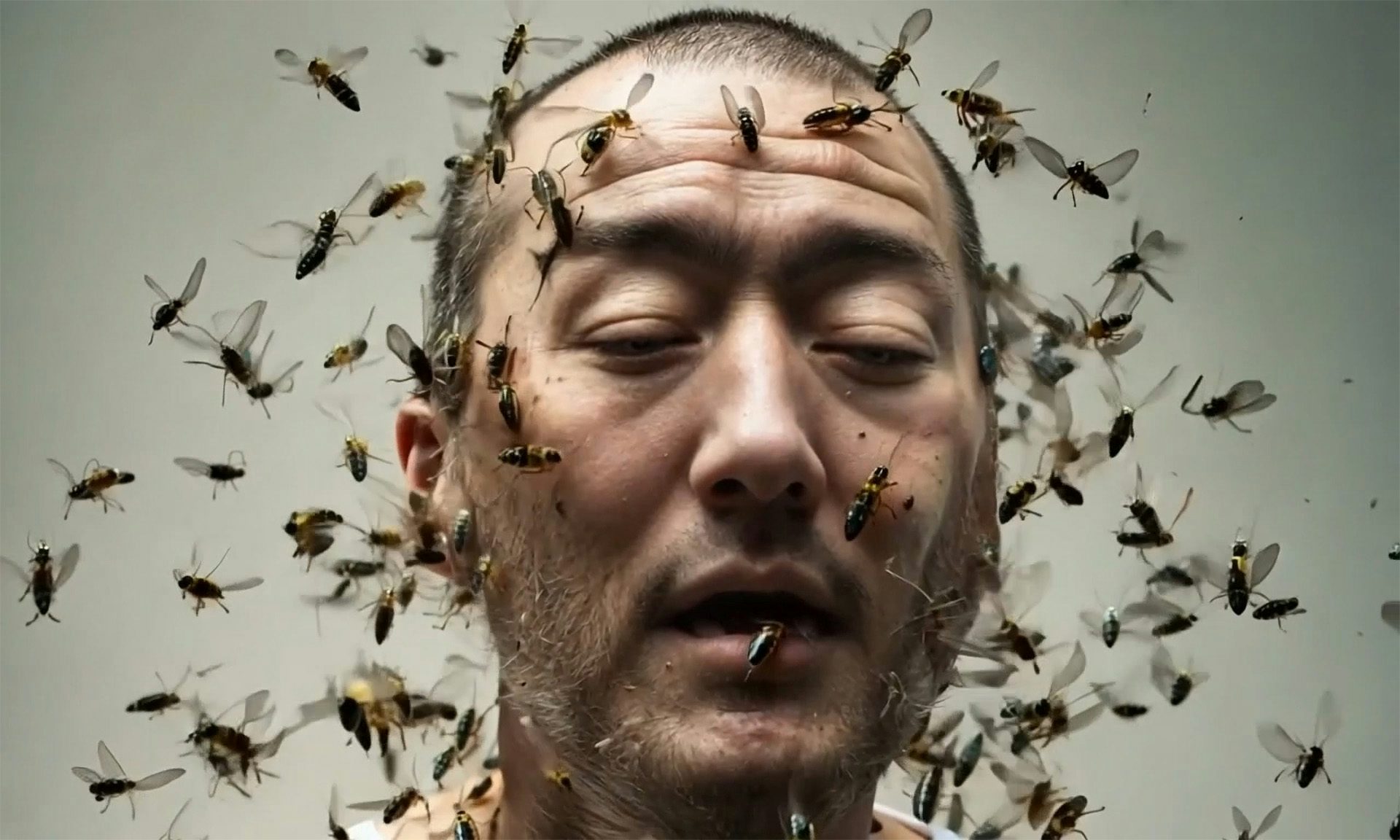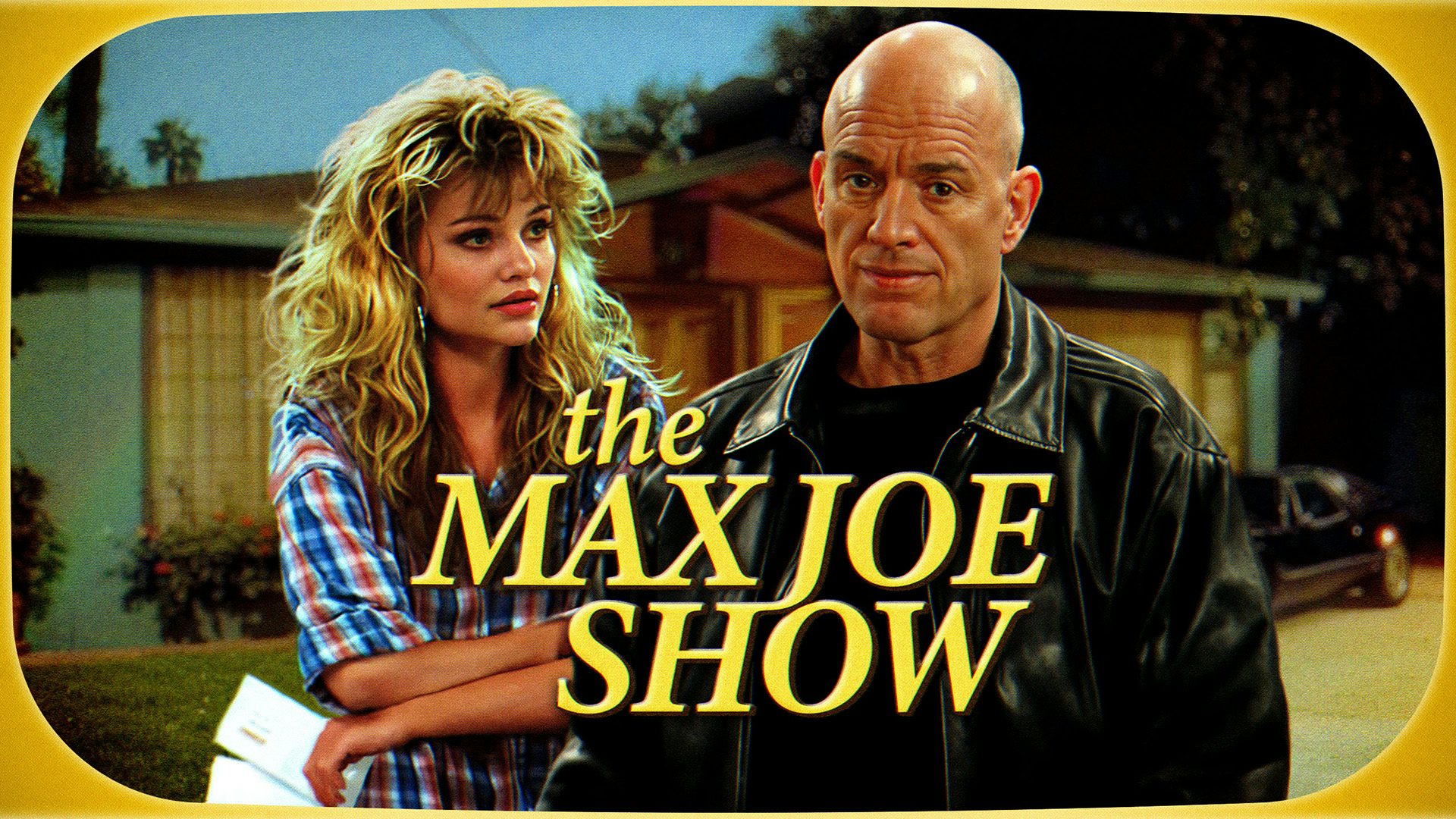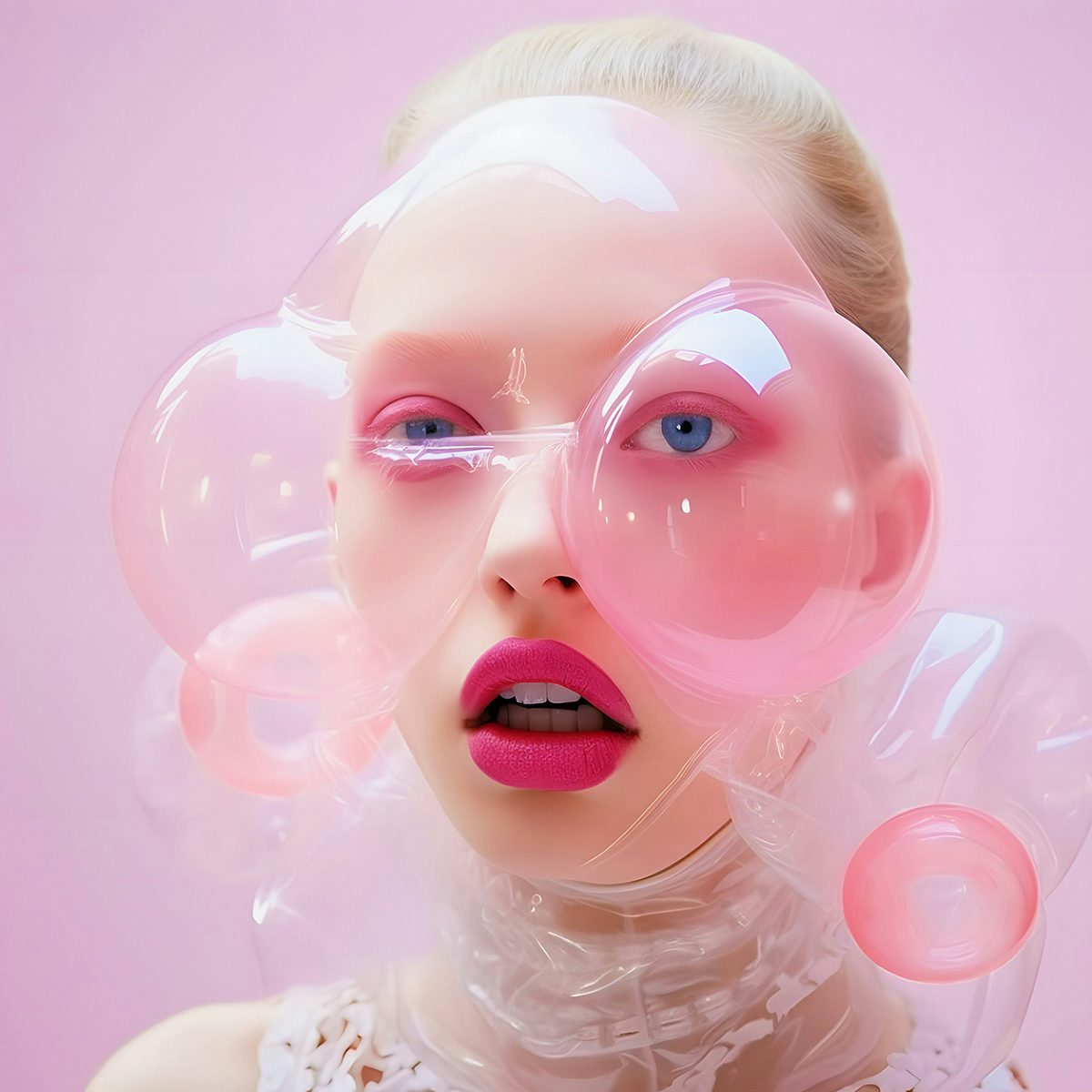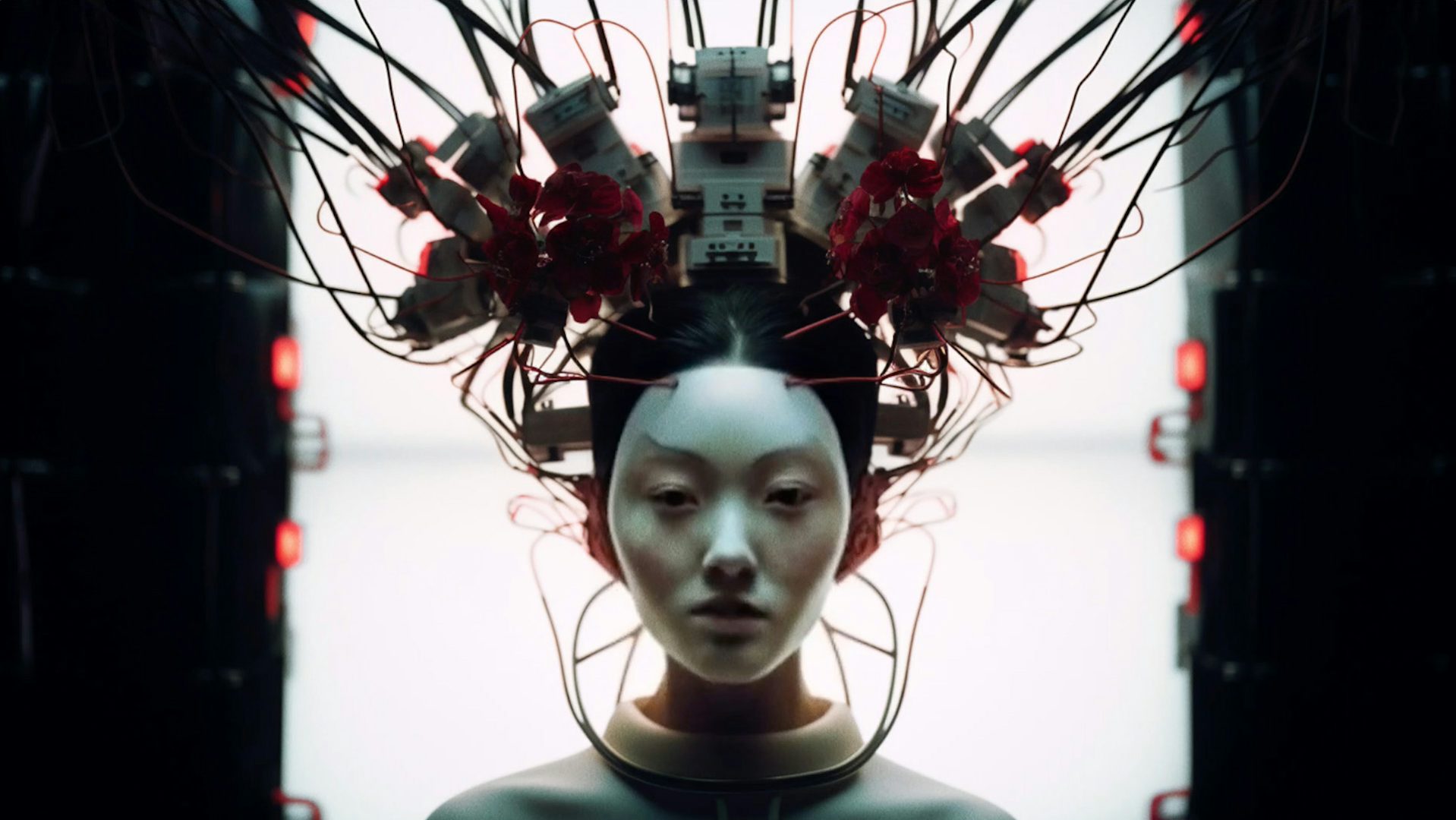Why Common People is investing in AI creativity
We speak to Ramy Dance and Melody Sylvester at production company Common People about their new roster of AI talent and how it relates to the challenges facing production companies
Common People is a production company that handles music videos, commercials, content, film and TV, and photography. So far, so typical. However, its newest roster is less conventional: AI artists.
The team at Common People started experimenting with generative AI when Midjourney first surfaced, and creatives on their roster began to incorporate it into their own projects. “As the ship has been sailing down the AI river, we’ve been on that boat trying to navigate it and the space and all the legalities around it and all that kind of stuff,” explains co-founder Ramy Dance, who has a background in directing and VFX. Meanwhile managing partner Melody Sylvester, who joined from the agency world earlier this year, knows all things production and post. “Inevitably, AI ticks a lot of boxes for us,” Dance says.
Many of the creatives on their new AI-focused roster, Future Creatives, have spent their careers working in 3D or VFX before moving towards AI-driven practices. One example is a creator known as Rit.ai, who Dance says spent years juggling motion graphics work. Now, her work is being celebrated in competitions and platforms focused on AI and digital art. “Instead of being the person behind the curtain, she’s now at the front, leading the charge from a director’s point of view.”

Despite much of the negativity around AI and creativity, they say nobody on their wider non-AI roster has reacted badly to their engagement with this space. The pair acknowledge that there is a lot of mediocre examples of AI visuals out there but hope that with Future Creatives, they can curate a network of strong talent that has something to say, which they vet early on through conversations.
The team have been championing AI beyond their own walls, whether on pitches or in other external presentations, which they say have gone down well. But they don’t intend to shoehorn it in where it doesn’t belong. “You don’t roll it out for everything. It’s a stylistic choice,” Dance says. “If someone said, ‘I want to make a promo that’s cinematic and got anamorphic lenses’, great. No AI, let’s go. That’s what we’ll do all day long.”
Instead they just want to be able to start a dialogue with clients. “It opens the door for you to have a conversation. And then you go in, and when you come back out you’ve probably got a live action brief – and we’re just fine with that, if that’s what it means,” Sylvester says. “I think people are looking to have meaningful relationships and trusting relationships, where they can talk to you about [this space].”

While the use of AI is new to many clients, it’s not entirely new to the creative industries. “We’re trying to use AI like all the big post houses have for ages,” Dance says. “They’ve used machine learning forever. [Plus] deepfakes have been around for four years, five years, longer, right? That’s AI, that’s machine learning. Using a bit of AI software to rotoscope something? That’s AI. It’s not all gen AI.”
“It’s also like moving a line item in a budget,” Sylvester says, likening it to an animation workflow where more time is spent on pre-production. “You spend a little bit more time upfront making decisions, trying things out and testing, and a little less time at the back end in the post-production and the cleanup. So you’re making decisions ahead of the shoot sometimes, which means you can be a little bit more efficient and effective on the shoot. That’s what producers do. That’s our job: to try and make sure we use the best tools to make the work as effective as possible.”
Sylvester says the widespread adoption of AI arrives at a difficult time for her industry, which is grappling with lower budgets and the rise of in-housing. “I think part of the resistance has been because the climate is really tricky for production companies. The last thing we would want is to come off as if we’re sort of impervious to that; we’re not. [We’re exploring AI] because of that, because we know that we’re under attack and that what we do as production companies is ever so slightly undervalued.
“It’s our job to be looking and innovating and finding other solutions. So we’re just doing what we always do, which is getting involved, leaning in, listening to artists. Ironically, when everybody’s clamouring about protecting artists, no one’s actually listening to what some of them are saying. A lot of that debate has been around photographers, and I haven’t heard a lot of people talk about animators and designers or effects people. They are already using it, and they have been for a while.”
Of course that’s not the case for all animators or designers, many of whom dislike the idea of AI as much as anyone else, but their intention is not simply to kill off craft and creativity. “There’s not a job takeover, and I think that’s really important as well. This is a tool to get you the base imagery, and then you still have to use craft and experience to be able to realise that,” Dance says. “It’s still editing, it’s still storytelling, it’s sound design, it’s grade, it’s music. None of that leaves the process.”
Other parts of the process will remain the same as well, namely legal standards. The team are aware of the legal concerns around AI but say that they have workflows in place, for instance feeding systems their own datasets to avoid scraping other content.

“We are not frightened of it, and we’re producers. We know how to protect artists, and we know how to navigate through complex contractual things…. All the stuff that you needed to do before still stands,” Sylvester says. “You still can’t copy someone’s likeness, you still can’t rip off somebody’s music, you still can’t do any of that stuff in advertising that you couldn’t do before. Nothing has changed just because you’re now using these tools. So if nothing else, it would be great to just try and get some positivity back into the debate, because there’s a lot of naysayers who have taken the floor on it, and I just don’t think it stands up.”
Common People clearly espouse positivity, but also a sense of inevitability too – a desire to get involved, rather than get left behind. “Dave Droga was at Ciclope talking about the millions, billions of pounds that they are making out of AI back end for their clients,” Sylvester says. “I know it’s not the same creative stuff, but whilst we’re all panicking and worrying about this stuff, they are making loads of money out of it. And that’s just not how creativity works. You have to get involved, and you have to find ways to make it work for you.” Sylvester may be talking from the company perspective, but she points out that this attitude also goes for the creatives themselves. “I think this [AI creative] community that we’re finding, they’re not waiting or asking for permission.”
“A lot of these [creatives] have had these ideas forever, and now they’re bringing them to life using AI, they’re adapting and they’re getting the accolades, and they’re loving it, and life is giving them something new and something brilliant, and I think there’s a lot to be said for that,” Dance adds. “For us, it’s about reeling it in and making good stuff with it.”





